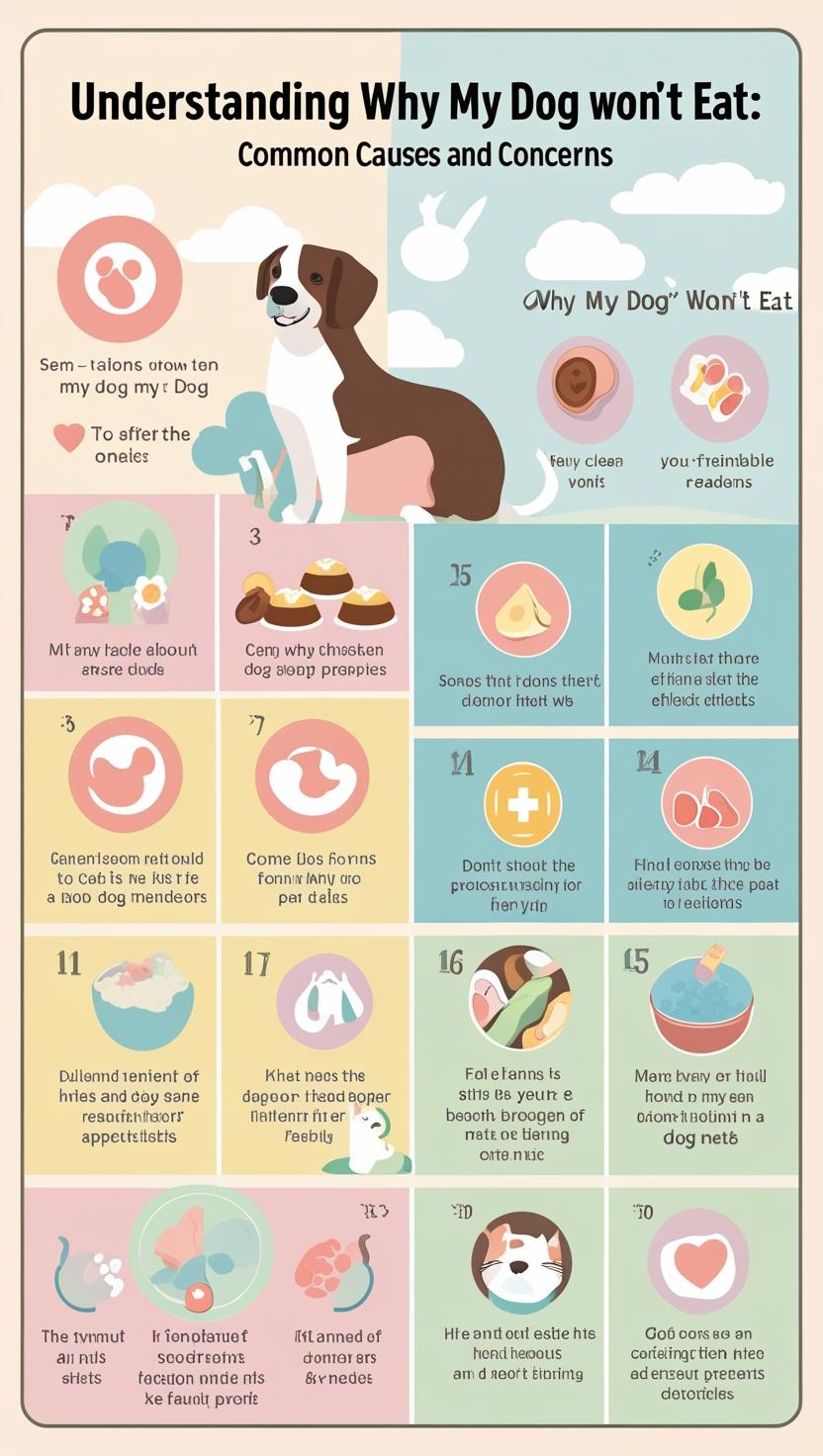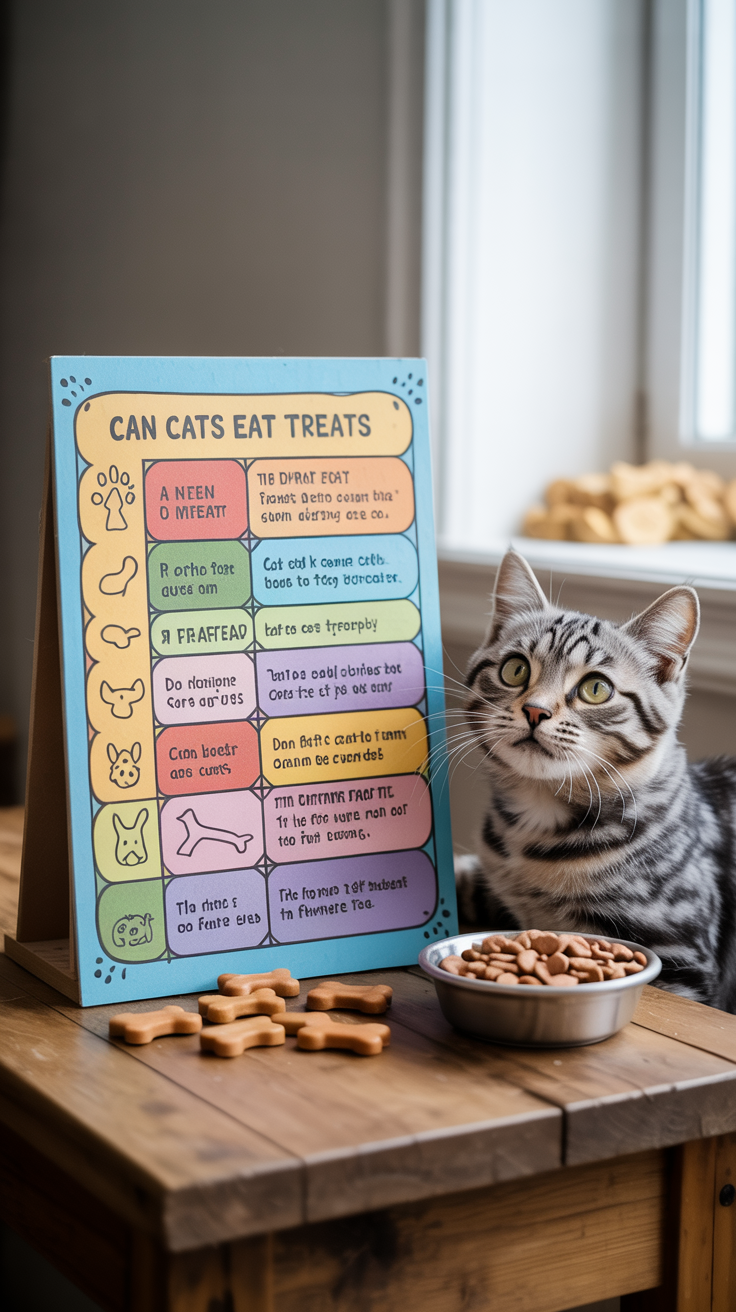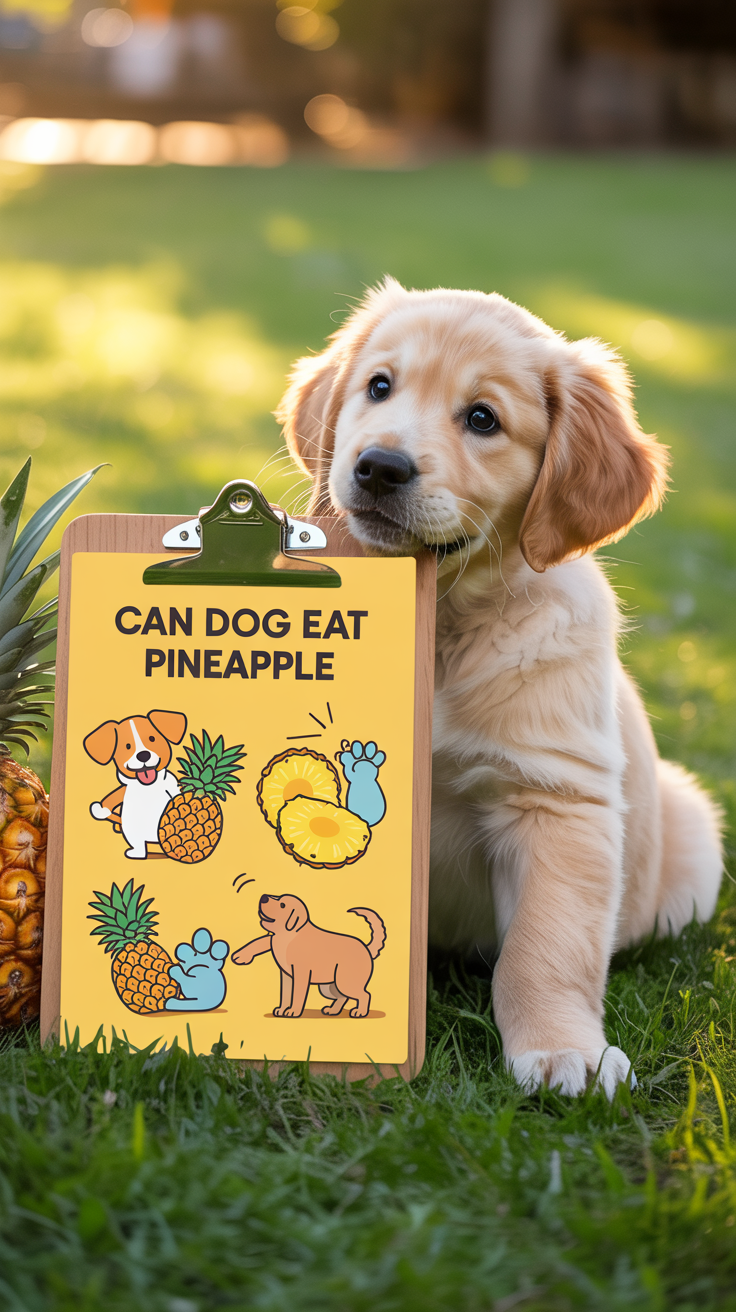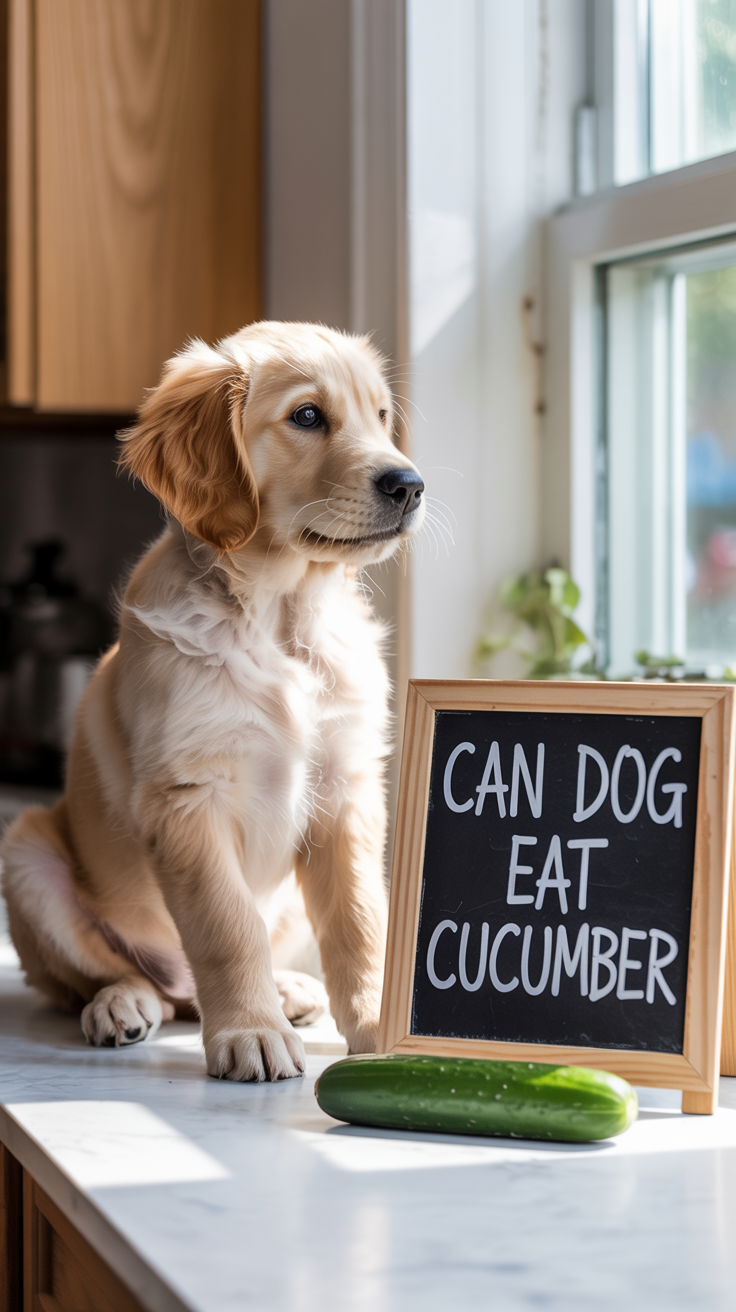Author: Abir
-
Can Dogs Eat Asparagus? Understanding the Nutritional Benefits and Risks
When it comes to our furry friends, pet owners often wonder, “Can dogs eat asparagus?” As a pet parent, you want to ensure that your dog’s diet includes safe and nutritious options. Asparagus, a green vegetable rich in nutrients, can be a healthy addition to your canine’s diet, but it also comes with some considerations
Categories: Help -
Can Dog Eat Cheese
Many dog owners wonder, “Can dogs eat cheese?” It’s a common question, especially since cheese is often seen as a delicious treat. Understanding the safety and benefits of cheese for dogs is essential for keeping them healthy and happy. Let’s explore whether cheese is suitable for your furry friend. First, it’s important to note that
Categories: Help -
Can Dogs Eat Cherries? Understanding the Risks and Benefits
If you’re a dog owner, you might wonder whether it’s safe to share your favorite snacks with your furry friend. One question that arises often is, “Can dogs eat cherries?” While cherries can be a delightful treat for humans, there are important factors to consider when it comes to dogs. Let’s explore the risks and
Categories: Help -
Understanding Why My Dog Won’t Eat: Common Causes and Concerns
As a loving dog owner, it can be distressing when your furry friend turns their nose up at food. Understanding why my dog won’t eat involves examining several factors. These can range from health issues to environmental influences. By identifying the cause, you can help your canine companion regain their appetite. Several common reasons can
Categories: Help -
Can Cats Eat Dog Treats? Understanding the Risks and Benefits
Many pet owners often wonder about their furry friends’ diets and whether one can share food between cats and dogs. A common question arises: can cats eat dog treats? While the idea may sound appealing, there are some essential factors to consider about the differences in diet and health needs between these two beloved animals.
Categories: Help -
How Many Carrots Can a Dog Eat a Day: Daily Serving Guidelines
Carrots are a popular snack for dogs, thanks to their crunchy texture and natural sweetness. Many pet owners wonder how many carrots a dog can eat in a day without causing any harm. Understanding the right portion for your furry friend is essential for maintaining their health and well-being. Let’s delve into the daily serving
Categories: Help -
Can Dogs Eat Pineapple? Health Benefits and Risks
Many pet owners wonder, “Can dogs eat pineapple?” The good news is that pineapple can be a safe, nutritious snack for your furry friend when offered in moderation. This tropical fruit is packed with vitamins and minerals that can support your dog’s health. However, there are some precautions to consider. Let’s explore both the health
Categories: Help -
Can Dogs Eat Papaya? Nutritional Benefits and Risks
As a pet owner, you might be curious about the types of fruits that are safe for your furry friend. One fruit that often comes to mind is papaya. For many, the question is simple: can dogs eat papaya? The answer is yes, dogs can eat papaya, but it’s essential to understand both the nutritional
Categories: Help -
My Dog Won’t Eat: Common Reasons and Solutions
When you notice that your dog won’t eat, it can be concerning and stressful. Understanding the reasons behind this behavior is essential for ensuring your furry friend’s health and happiness. Dogs may refuse food for a variety of reasons ranging from health issues to behavioral factors. Here, we delve into common causes of anorexia in
Categories: Help -
Can Dogs Eat Cucumber? Nutritional Benefits and Risks
If you’re a dog owner, you may have wondered, “Can my dog eat cucumber?” The answer is yes, dogs can eat cucumbers! This crunchy vegetable is safe for dogs and can even be a healthy treat. But let’s explore the nutritional benefits and some potential risks of feeding cucumbers to your furry friend. Nutritional Benefits
Categories: Help










